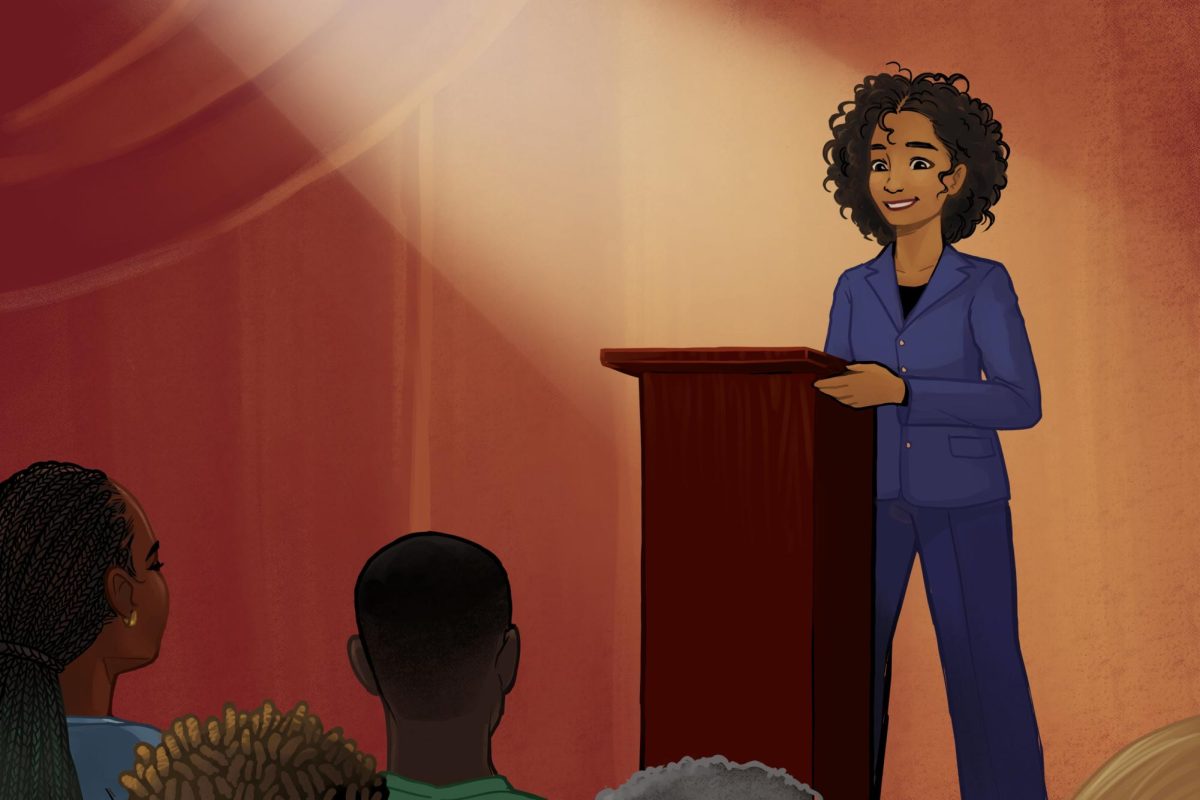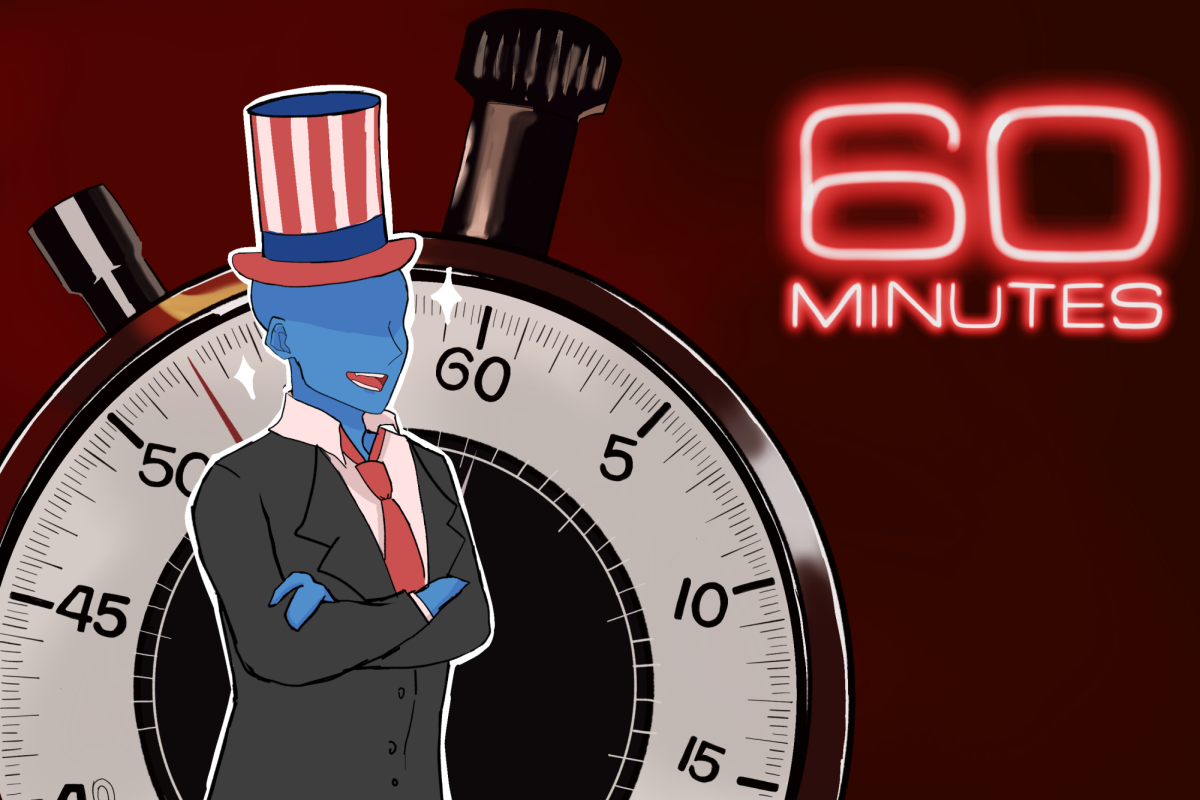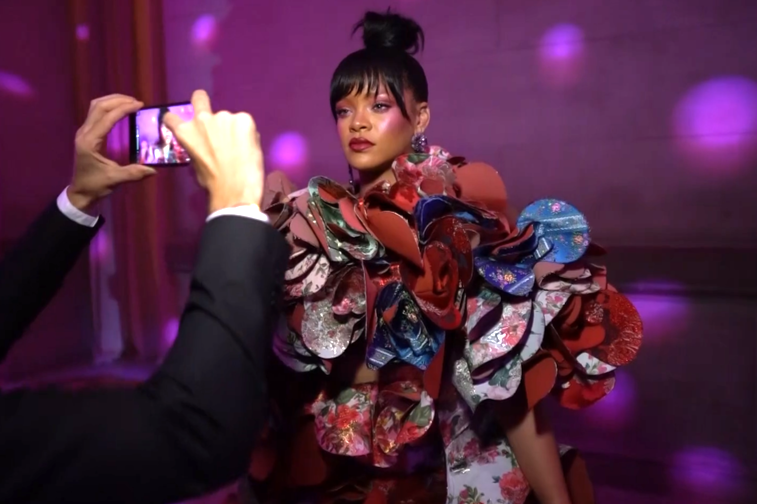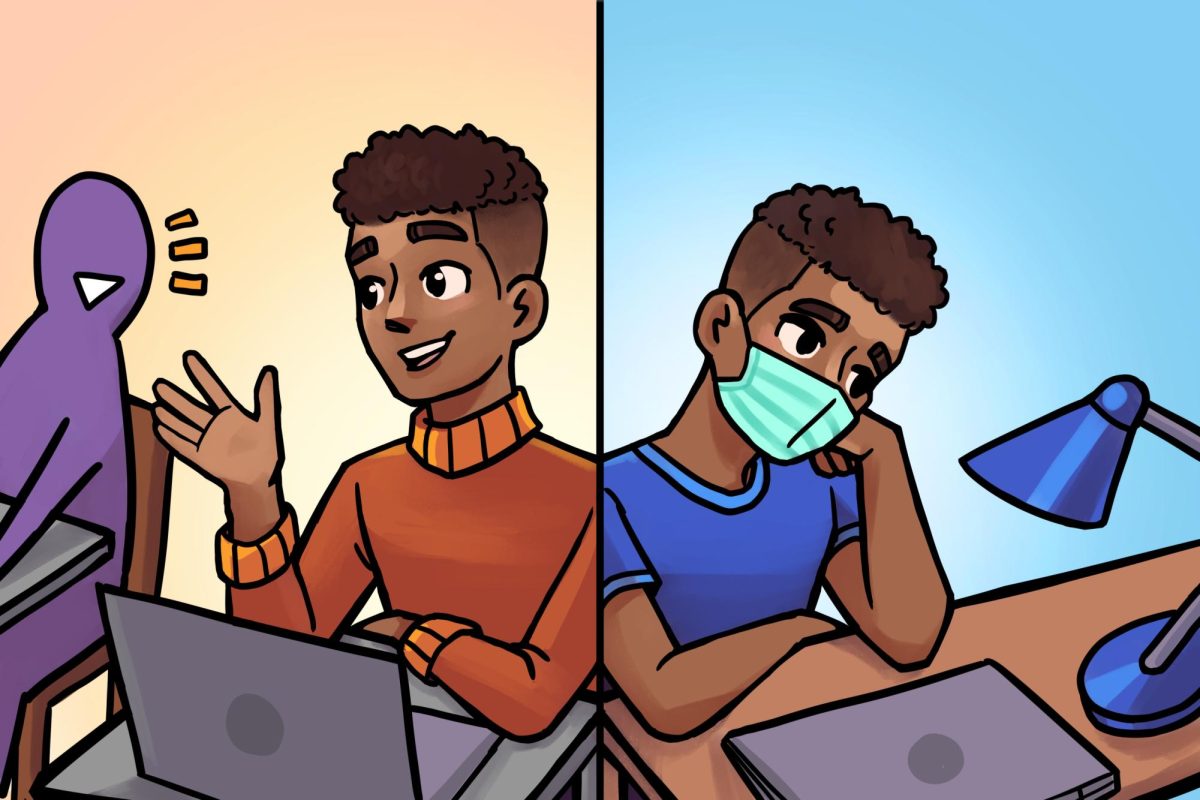My grandfather was a marine zoologist specializing in mollusks. He often told me about his work in identifying and classifying shells in India, and he was thrilled when I told him I was interested in biology, just like him.
So when I say that one of the greatest shows of all time is “SpongeBob SquarePants,” I might seem biased.
Just like me, “SpongeBob” has a long history with marine scientists. Creator Stephen Hillenburg studied natural resource planning and taught marine biology at the Ocean Institute in California before his foray into animation. It was also there that he created “The Intertidal Zone,” a comic that details marine biology facts with its host, Bob the Sponge.
Eventually, Hillenburg’s love of art won out, and he obtained a master of arts at the California Institute of Arts in 1992 before returning to work at Nickelodeon on the show “Rocko’s Modern Life.” In 1997, Hillenburg was encouraged to pitch a show based on “The Intertidal Zone” by a colleague, and the rest is history.
While you might remember “SpongeBob” for being a playground celebrity or even just another show you watched, there’s so much underneath the surface.
Get The Daily Illini in your inbox!
The most obvious is the passion and creativity that it represents. Hillenburg has detailed in interviews how he pitched the show to Nickelodeon executives, including making an aquarium with the characters inside, a talking seashell and wearing a Hawaiian shirt.
Drawing upon both his knowledge of marine life and children’s animation allowed him to develop SpongeBob from a natural sea sponge into the classic neon yellow sponge we know and love today.
And SpongeBob’s character is one of the reasons the show works. In the ʼ90s, it wasn’t common to see a show that could appeal so directly to both kids and adults. Even Nickelodeon, the channel Spongebob appeared on, was marketing themselves directly to kids.
But SpongeBob was someone both kids and adults could relate to. Hillenburg explained in a 2008 declaration made during a lawsuit against the show that he specifically wanted SpongeBob to appear to be stuck between being a kid and an adult. His physical design reflects this: a short, square-ish character that appeared to wear both shorts and a shirt and tie, forever stuck between work and play.
SpongeBob is also characterized by his naivete. He views each day with optimism and hope, despite working what some may consider a dead-end job. As the underwater ingenue, other characters react to him with their unique traits: Mr. Krabs takes advantage of him, Patrick encourages his bad ideas and Squidward is annoyed by him.
This naivete extends to the episode plots as well. Tom Kenny, the voice of SpongeBob, described the show as having a “Seinfield” quality: everyday tasks, like visiting his parents, tying his shoes or visiting his friend Sandy for tea are blown up into fantastical adventures and mayhem.
It is unfortunate that similar to many shows, SpongeBob and his friends have fallen to Flanderization, a process by which certain traits in characters get overexaggerated, resulting in caricatures of their original personalities. This process is likely a result of Hillenburg’s absence from the show, which occurred between the first and second movies — an 11-year gap — and likely contributed to a change in characterization.
But in earlier seasons, these characters were complex and relatable. Parents could relate to Squidward for his irritation with a neighbor, kids could laugh at Patrick and his antics and everyone could sympathize with SpongeBob because he represents key parts of all of us.
Those seasons were focused and sincere, incorporating a deep love of both the ocean and the world surrounding the characters. They succeed in making the audience care even about more mundane topics.
In an era of constant production, advertising and streaming, it will be hard to find a show as iconic as “SpongeBob” again. But what we can learn from Hillenburg is the power of passion in creating a show, and what multidimensional characters can do for us.
The show isn’t without its own controversy. Most people know a friend whose parents didn’t let them watch “SpongeBob,” either out of annoyance with the yellow sponge or fear of its effects on the intelligence of impressionable toddlers. And that’s not without merit, since studies have shown that watching even one short episode of “SpongeBob” can result in lower mental function test scores.
But what parents may have failed to recognize is that “SpongeBob” isn’t meant to be educational; it’s meant to be entertainment. The previous study suggests that “Spongebob” shouldn’t be watched by very young children, or immediately before school or study time. Parents shouldn’t be scared of “SpongeBob,” at least when it comes to older kids and those looking to simply relax.
I love “SpongeBob” because of its comedy and aesthetic. But I also love the show because of how much it brings us together. Families around the world have heard of him and his adventures, and I’ve made friends just through our shared love of jokes from the show.
My grandpa is still one of my role models and the biggest influence on my decision to study biology. But for those of us without a marine scientist in the family, Hillenburg hoped “SpongeBob” would suffice. That passion, both for the conservation of marine life and real entertainment, is what sets Hillenburg apart, and what makes “SpongeBob” a show to remember.
Amartya is a freshman in LAS.















